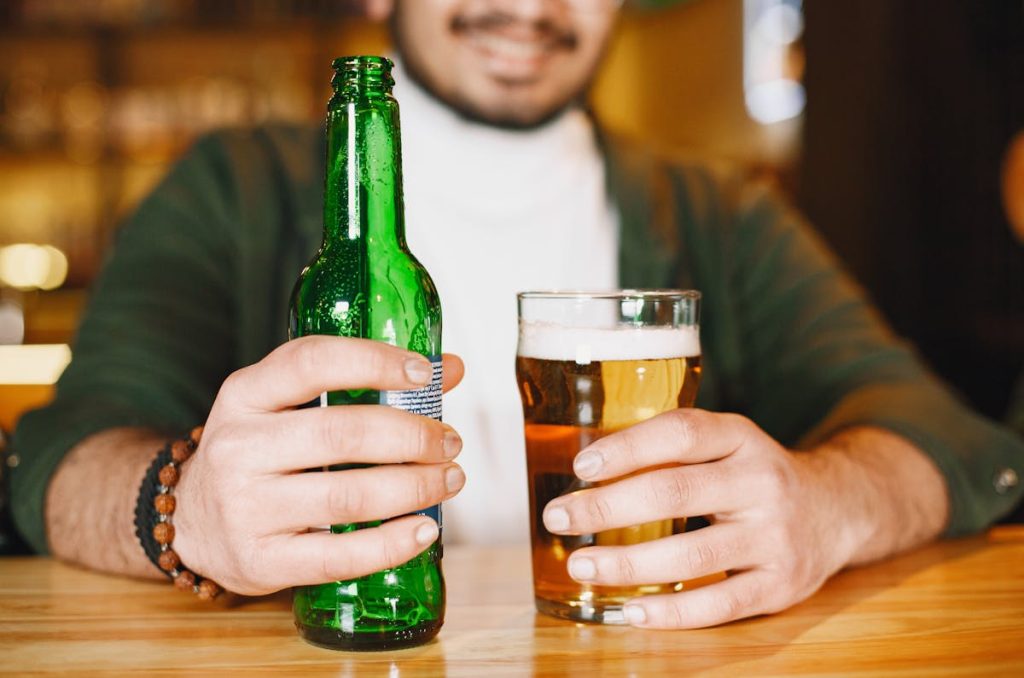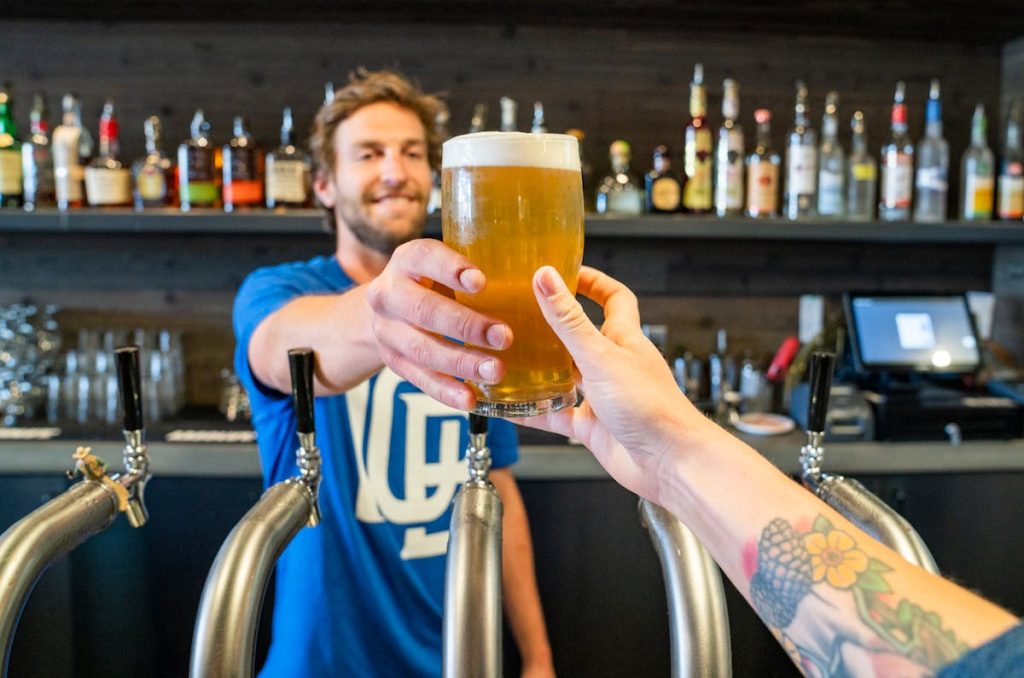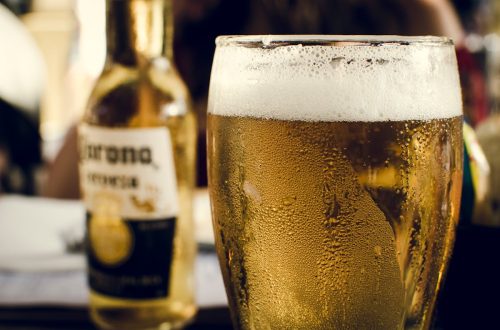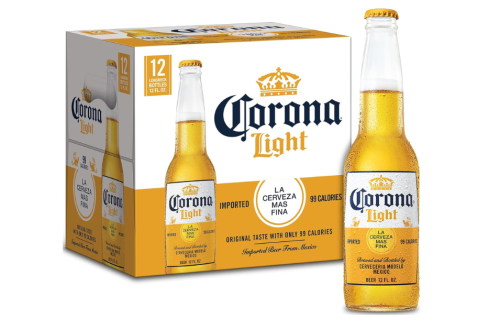In most parts of the United States, adults 21 and older are legally allowed to drink alcohol. This age-old beverage, made from fermenting grains or fruits, has been enjoyed by humans for thousands of years — some records suggest over 10,000! While cultures around the world have created countless varieties of alcohol, here in the U.S., we generally categorize them into three main groups: beer, wine, and liquor. This system helps make laws and regulations around drinking clearer.
But there’s more to these categories than meets the eye. Each one contains several subtypes, which help define and control how specific alcoholic drinks are produced and sold. Knowing the differences between these types — and how much alcohol each contains — is essential for everyone involved, from bartenders to consumers. Understanding alcohol content (often measured as ABV, or Alcohol by Volume) is key to knowing just how much you’re actually drinking.
Alcohol and Its Risks
It’s important to remember that just because alcohol is legal for adults doesn’t mean it’s risk-free. Even legal substances can lead to dependence and addiction. At American Addiction Centers, we offer professional detox services, treatment programs, and continuing care. If you think you might be struggling with alcohol use disorder (AUD), please consider reaching out for support.

Common Alcohol Content (ABV) in Popular Drinks
Curious about how much alcohol is in your favorite drink? Here’s a quick guide to average ABV levels:
- – Vodka: 40–95% ABV
- – Gin: 36–50% ABV
- – Rum: 36–50% ABV
- – Whiskey: 36–50% ABV
- – Tequila: 50–51% ABV
- – Liqueurs: Around 15% ABV
- – Fortified Wine: 16–24% ABV
- – Unfortified Wine: 14–16% ABV
- – Beer: 4–8% ABV
- – Malt Beverages: Around 15% ABV
How Is Alcohol Content Measured?
The type of alcohol found in beverages is ethanol, which is created during fermentation by yeast. Other forms of alcohol, like isopropyl or butyl alcohol, are toxic and not meant for consumption.
Alcohol content in drinks is measured using ABV (Alcohol by Volume). In the U.S., “proof” is another term you might see, which is simply twice the ABV percentage. To standardize serving sizes and ensure safe consumption, most alcoholic drinks are served in portions containing about 0.6 ounces of pure alcohol.
Standard drink sizes include:
– Wine: 5 ounces per glass (about 12% ABV or 24 proof)
– Beer: 12 ounces per serving (about 5% ABV or 10 proof)
– Spirits/Liquor: 1.5 ounces per shot (about 40% ABV or 80 proof)
Cocktails, punches, wine coolers, and mixed drinks are typically measured using these same standards, although actual pours may vary depending on where you’re drinking.
For reference, most beers range from 3% to 7% ABV; wines usually fall between 9% and 14% ABV unless they’re fortified; and spirits start at about 20% ABV, with some reaching as high as 95%, depending on state laws.

Knowing your drink’s alcohol content (ABV) can help you make safer choices and understand your limits. Always drink responsibly!
Varieties of Alcoholic Beverages
Alcoholic drinks are generally classified under three main legal categories: beer, wine, and spirits. However, within these groups exist numerous subtypes, each with its own typical alcohol by volume (ABV) levels. Below are some common kinds of alcoholic beverages along with their usual ABV ranges.
Spirits (Liquor)
– Vodka: Produced through fermentation — similar to beer and wine — but with an added distillation step that boosts its potency. Vodka is usually made from grains like wheat, sorghum, or corn, though some Russian varieties use potatoes. Its ABV typically starts at 40%, but can reach up to 95%.
– Gin: Created by taking a neutral distilled spirit and infusing it with juniper berries and other botanicals for flavor. Gin is clear in appearance and usually contains between 36% and 50% ABV.
– Rum: Made by fermenting sugars such as those from sugarcane, molasses, or beets, rum is distilled to achieve clarity. Legally, its ABV falls between 36% and 50%.
– Whiskey: This broad category includes scotch, bourbon, as well as Irish and Canadian whiskeys. They are distinguished by being aged in oak barrels, which impart their signature caramel color. ABV typically ranges from 36% to 50%, depending on the aging process.
– Tequila: Originating in Central and South America, tequila is derived from fermented agave. Early forms were believed to have hallucinogenic effects, but modern tequilas sold in the US contain only alcohol. The ABV is generally about 50-51%.
– Liqueurs: These are distilled spirits combined with flavorings such as fruit, cream, sugar, or herbs to create sweet, strong drinks like amaretto, triple sec, schnapps, and Sambuca. Most liqueurs do not exceed an ABV of about 15%.
Wine
– Fortified Wines: These wines are strengthened either by the addition of spirits like brandy or through extended fermentation, resulting in an ABV of 16-24%.
– Unfortified Wines: Standard wines made from fruit or honey (such as mead or ice wine) that contain 16% ABV or less. The average wine has around 14% ABV, though some types — like port — are stronger. Individual states may regulate sugar content in wine as well.
Beer
– Beer: This category encompasses lagers, ales, pilsners, and flavored brews. The ABV for most beers in the US typically falls between 4% and 8%, with an average of 5-6%. However, certain craft beers can reach up to 12% ABV.
– Malt Beverages: While similar to beer, malt beverages can contain added alcohol and may have an ABV as high as 15%.

It is vital for both sellers and consumers to be aware of alcohol content in various beverages. Misuse of alcohol — including alcohol use disorders — remains a significant public health concern in the United States.





